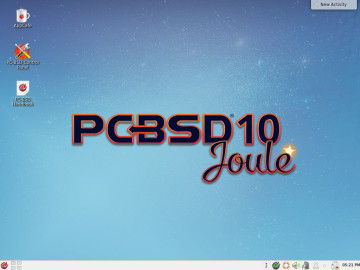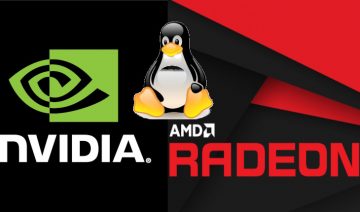Before we begin I’d like to stress that this is not a comparison between Gentoo and FreeBSD, though I might make one later… (the more likely so if I’ll get requested for it)
First Impression
About a month ago, the first most popular BSD distribution and the second most popular open-source OS latest iteration was released into the air.
A production ready, installable media, answering to the name FreeBSD 10.1 – RELEASE was finally out.
Since the winds of change are constantly blowing on the Linux grounds (even on distros which generally considered conservative), I have found myself drawn into trying some other OS with a little slower pace of advancement or a more relaxed one at the least.
I was quite surprised how automated and non-intimidating FreeBSD seemed to be after I successfully installed it on my machine.
[ However, keep in mind that your millage may vary, especially if you’re coming from a more graphical type of OS background (such as Windows, Mac, Ubuntu…) and not feeling comfortable enough with the command line.
In that case, I would suggest you get your first BSD experience, if that what you’re looking for, via a more user-friendly distribution such as PC-BSD for instance. ]
Unfortunately, the great first-impression I experienced at that point didn’t last very long and the reason why could probably be explained by the following statement:
FreeBSD is a server-oriented operating system! Honestly, this is my opinion as of current and I have much logic to back it up. Suffice it to ask a simple question that will prove my point –
Are you familiar with any graphical, user-friendly app / program / tool that’s been made by / for FreeBSD to date? I know I don’t, though it’s worth mentioning that command line tools are abundant.
FreeBSD 10.1 – The Dark Side
So, what are the things that have hampered my experience at that moment on?
Well, first it was the documentation, FreeBSD has plenty of documentation and by that I mean – r e a l l y, it has lots and lots of documents to read. (somewhat reminds me of LFS)
Though that in itself might be considered a good thing per se, it can also be a detriment when you’re unfamiliar with what you’re doing and just wants to be over it quickly.
Also, in many cases the documents lack “real-world” referencing and are simply depicting a generic way of doing things, such as in the case where you want to have GDM coupled with XFCE without installing the entire GNOME DE (a very popular case among graphical desktop users).









